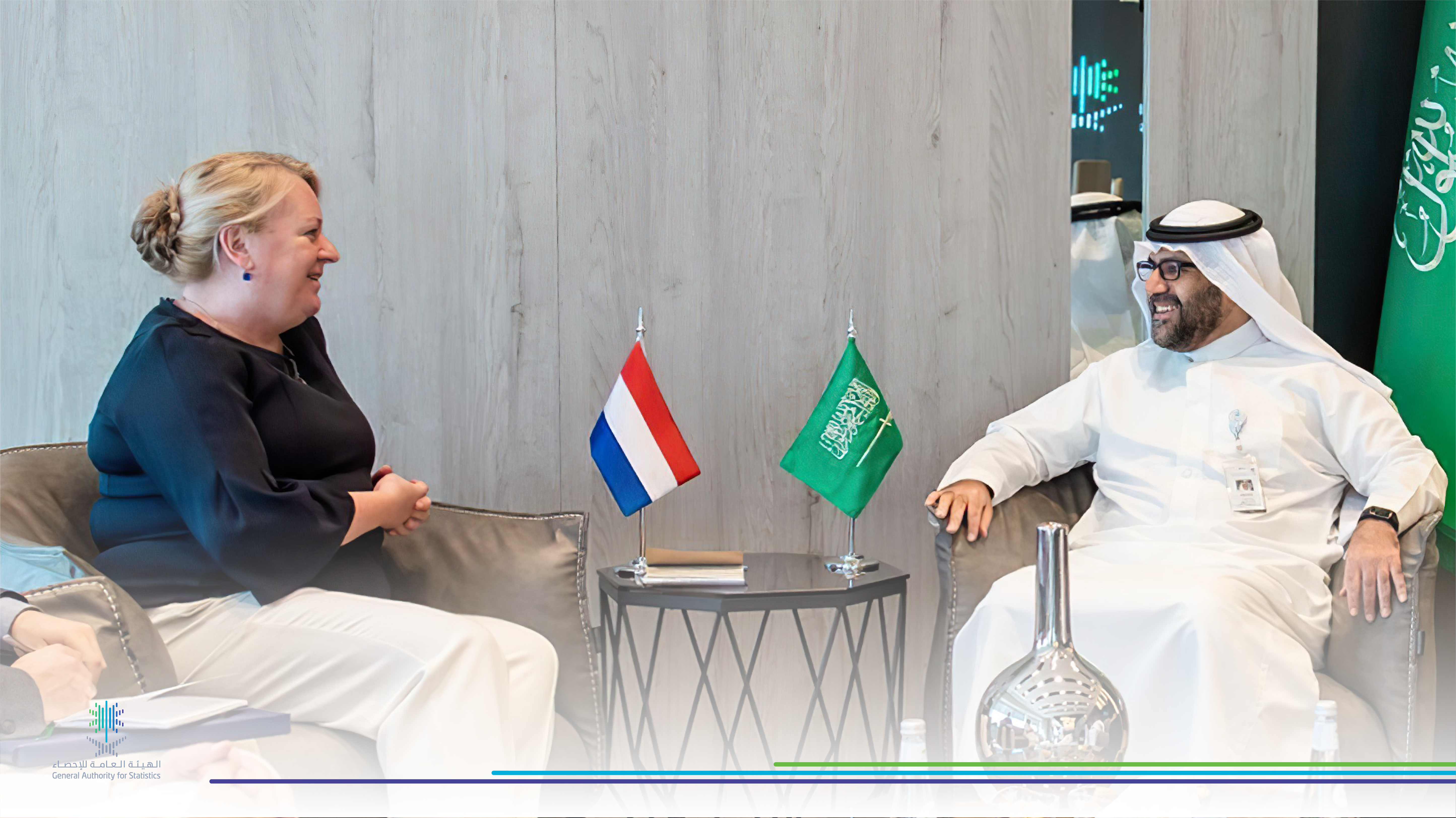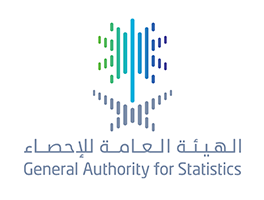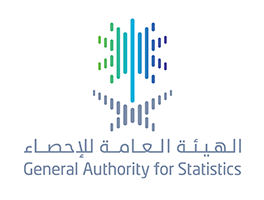Saudi Arabia adopts new methodology for calculating FDI data
30-11-2023
In consultation with IMF, Saudi Arabia worked on a new methodology for calculating FDI statistics through cooperation between the Ministry of Investment, the General Authority for Statistics and the Saudi Central Bank.
Saudi Arabia indicated that this methodology aims to improve the quality and transparency of its FDI data according to global best practices, explaining that its final data will be published this year.
UNCTAD, the World Investment Report's issuer, has confirmed that the new methodology follows international standards, according to the IMF Balance of Payments Manual. The World Bank also agreed with and welcomed the recommendations of the International Monetary Fund in its report on the Kingdom, which in turn forms the basis of the new methodology.
In a statement on this occasion, His Excellency the Minister of Investment Engineer Khaled bin Abdulaziz Al Falih, stated that the new methodology is part of a series of ongoing reforms and improvements to improve the quality and transparency of data in the Kingdom, under Vision 2030, and to achieve the objectives and initiatives of the National Investment Strategy, launched by His Royal Highness Prince Mohammed bin Salman bin Abdulaziz Al Saud.
He emphasized that improving the transparency and quality of FDI statistics in the Kingdom would contribute to investors' empowerment and decision makers to make their decisions better, which supports improving the attractiveness of the Kingdom's investment environment and attracting investors from all over the world in line with the Kingdom's objectives by launching the National Investment Strategy, the development of special economic zones, the national initiative of global supply chains and the launch of mega-projects.
He stated that the data confirmed the improved performance of the Kingdom in the formation of fixed capital and foreign direct investment, thereby enhancing the Kingdom's position as a leading investment destination, adding that the Kingdom is keen to keep investors up to date on the most important indicators and data in the Saudi economy, and the availability of many quality investment opportunities, through a platform "Invest in Saudi Arabia", which offers investment opportunities across the Middle East.
President of the General Authority for Statistics Dr. Fahad Aldossari said that the methodology for calculating the FDI index was adopted after technical consultations with the IMF. The methodology is one of the best international practices in calculating FDI statistics, in line with the IMF Balance of Payments manual.
The methodology would contribute to enhancing the accuracy, detail and comprehensiveness of FDI indicators, noting that FDI statistics would serve decision makers in designing policies that would create an attractive investment environment and highlight the Kingdom's investment opportunities.
Through this methodology, GASTAT sought to diversify data sources, increase reliance on register-based sources and provide and disseminate more detailed statistics such as FDI stock and flows by economic activity and the Kingdom's investing States. It also provides FDI indicators more periodically through specialized quadrennial surveys.
The President of the General Authority for Statistics stressed that these efforts are part of GASTAT’s endeavor to provide accurate, comprehensive, high-quality and transparent statistical information and data.
On the other hand, the Deputy Minister at the Ministry of Investment Dr. Saad Al-Shahrani said that access to high-resolution data is crucial not only to measure progress and development, but also to monitor and improve the performance of the domestic economy, and to track investment performance, which accounts for about 25% of the Kingdom's GDP.
Over the past two years, the Ministry of Investment has worked according to the new methodology to analyze more than 70 thousand financial lists of many companies. Covering the past 15 years, indicating that the results of this mega-project will support decision makers, analysts and specialists in the preparation of studies and analyses, and will also form the infrastructure for working to identify investment priorities and follow up on performance for the sectors and countries invested in the Kingdom.
The preparation and development of the new methodology is based on the Kingdom's unprecedented economic transformation under Vision 2030, which represents the road map and the plan for growth and economic diversification and includes: "The Kingdom seeks to adopt global best practices to achieve the highest standards of transparency and governance." Besides improving the quality and transparency of data, Vision 2030 aims to increase the contribution of FDI to GDP, reaching 5.7%, and to increase the private sector's contribution to GDP from 40% to 65% by 2030, becoming one of the world's 15 largest economies.
Saudi Arabia is a leader in updating FDI data through the analysis of financial lists as a source of annual data, with few States following this methodology. This reflects the Kingdom's progress and its reliance on modern methodologies according to global best practices, with the collection and analysis of FDI data and their dissemination in detail expected by the end of this year.







